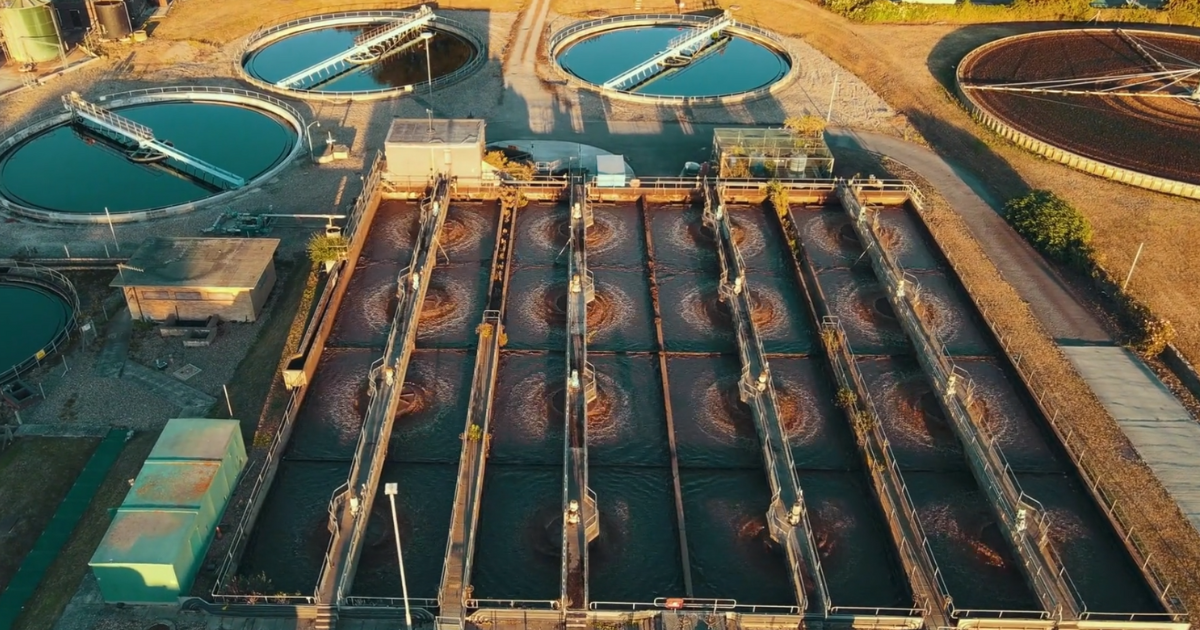FOG Wastewater Treatment
FOG Wastewater Treatment: A Comprehensive Overview
Introduction
Fats, Oils, and Grease (FOG) wastewater treatment is a crucial aspect of modern wastewater management, particularly in urban settings where food establishments abound. As per the United States Environmental Protection Agency (EPA), FOG contributes significantly to sewer blockages and leads to costly infrastructure failures and environmental damage. According to recent industry analysis, approximately 50% of the sewer system blockages in the U.S. can be traced back to FOG accumulation. This article delves deep into FOG wastewater treatment, highlighting the necessity, methodologies, and solutions available, thereby equipping facility managers and industry professionals with the tools and knowledge to tackle this pressing issue.
The Nature of FOG in Wastewater
Understanding FOG Components
FOG primarily originates from residential, commercial, and industrial sources, with the food industry being a significant contributor. This organic matter largely consists of:
- Fats: Solid at room temperature, these come from animal sources such as meat, butter, and dairy products.
- Oils: Liquid at room temperature and derived primarily from vegetable sources like olive oil, canola oil, and other cooking fats.
- Grease: A mix of both fats and oils, commonly found in cooking waste.
Environmental and Economic Implications
The impact of FOG on wastewater treatment systems cannot be overstated:
- Infrastructure Damage: FOG clogs pipes, causing overflows and increasing maintenance costs. The Water Environment Federation (WEF) reports that cities spend millions annually on clearing blockages caused by FOG.
- Sewage Overflow: Blockages can lead to untreated sewage being released into waterways, contaminating local ecosystems and harming aquatic life.
- Increased Treatment Costs: Facilities that do not effectively manage FOG incur higher operational costs due to additional maintenance and treatment processes.
FOG Treatment Technologies
1. Physical Separation
Physical separation is one of the most straightforward methods for FOG treatment:
-
Grease Traps: Installed in commercial kitchens, these devices collect fats, oils, and grease before they enter the sewer system. The EPA recommends regular maintenance and cleaning to ensure effectiveness.
- Interceptor Systems: Grease interceptors are larger than grease traps and serve similar functions. They provide a more extensive area for FOG to cool and separate from water, necessitating periodic pumping and cleaning.
2. Biological Treatment
Biological treatment employs microorganisms to digest organic matter present in FOG:
-
Aerobic Digestion: This process utilizes oxygen-loving bacteria to break down organic compounds, aiding in FOG reduction. Recent studies indicate that aerobic digestion can reduce FOG levels by up to 90%.
- Anaerobic Digestion: Operating in environments devoid of oxygen, this method produces biogas as a byproduct. Research published in leading environmental engineering journals indicates that anaerobic treatment systems can be 30% more effective than aerobic systems for certain types of FOG.
3. Chemical Treatment
Chemical treatment methods use chemicals to emulsify and remove FOG:
-
Alkali Hydrolysis: This process involves adding alkaline substances to break down fats into glycerol and fatty acids, effectively reducing FOG levels. The efficiency of alkali hydrolysis can vary, but studies show an average reduction of 85% in FOG concentration.
- Surfactants: These compounds help mix FOG with water, facilitating its removal in wastewater treatment systems. However, they must be used judiciously as they can introduce additional pollutants.
4. Advanced Technologies
Emerging technologies and processes are revolutionizing FOG treatment:
-
Membrane Bioreactors (MBRs): Combining biological treatment with membrane filtration, MBRs provide a highly effective means of FOG treatment. According to a recent industrial case study, MBR systems can achieve FOG removal rates exceeding 95%.
- Enzymatic Treatments: Using enzymes specific to breaking down fats, oils, and grease has gained traction. Research indicates that these alternatives can effectively reduce FOG levels, although they require careful management to maintain effectiveness.
Challenges in FOG Management
Regulatory Compliance
Compliance with regulations can be daunting for facility managers. The EPA mandates strict guidelines for effluent quality, compelling facilities to invest in FOG treatment technologies. Understanding local regulatory requirements is essential to avoid fines and penalties.
Public Awareness and Responsibility
Public education about FOG disposal practices is vital. Many individuals and establishments still discharge FOG into sinks, unaware of the repercussions on wastewater systems. Implementing educational campaigns can foster better waste disposal habits.
Cost-Benefit Analysis
Initial investment in FOG treatment systems may deter some facilities. However, performing a cost-benefit analysis illustrates that proactive FOG management can yield long-term savings by minimizing maintenance costs and preventing infrastructure damage.
Effective Solutions for FOG Wastewater Treatment
1. Regular Maintenance and Inspection
Adopting a scheduled maintenance plan for grease traps and interceptors is essential. A report by the National Association of Clean Water Agencies suggests that facilities conducting monthly inspections see a significant reduction in blockages.
2. Technology Integration
Combining various treatment technologies can enhance performance. Facilities can integrate physical, biological, and chemical methods to maximize FOG reduction effectiveness.
3. Community Engagement
Collaborating with local governments to establish FOG disposal programs promotes community involvement. Implementing local disposal events or educational workshops can raise awareness about proper FOG management.
4. Innovative Research and Development
Investing in R&D for better treatment technologies will further advance the field. Industry leaders should focus on developing sustainable methods for FOG treatment, ensuring compliance and efficiency.
Conclusion
FOG wastewater treatment is not merely an operational necessity; it is a pressing environmental concern. As urban populations continue to grow and waste management becomes increasingly complex, facility managers and wastewater treatment professionals must remain vigilant in their efforts. By understanding the nature of FOG, leveraging effective treatment technologies, and engaging communities, stakeholders can mitigate both environmental and economic impacts.
As the landscape of wastewater management evolves, continuous education and innovative tech integration will be key. Equipped with the insights and solutions provided in this comprehensive analysis, professionals can address the challenges posed by FOG effectively, ensuring a more sustainable future for urban wastewater systems.
By prioritizing FOG treatment, facilities can enhance operational efficiency while directly contributing to environmental protection and public health—a true win-win scenario for today and tomorrow.

